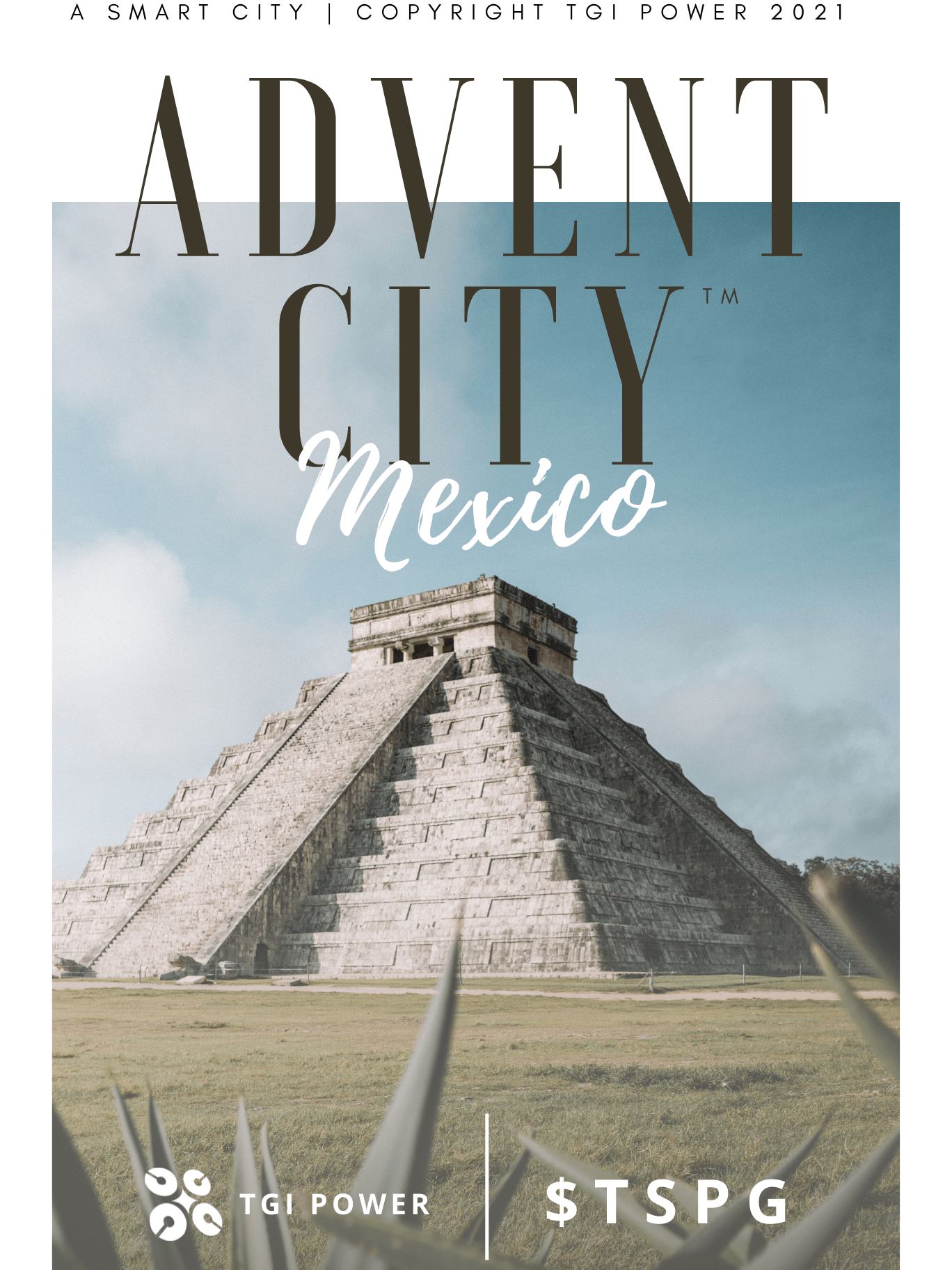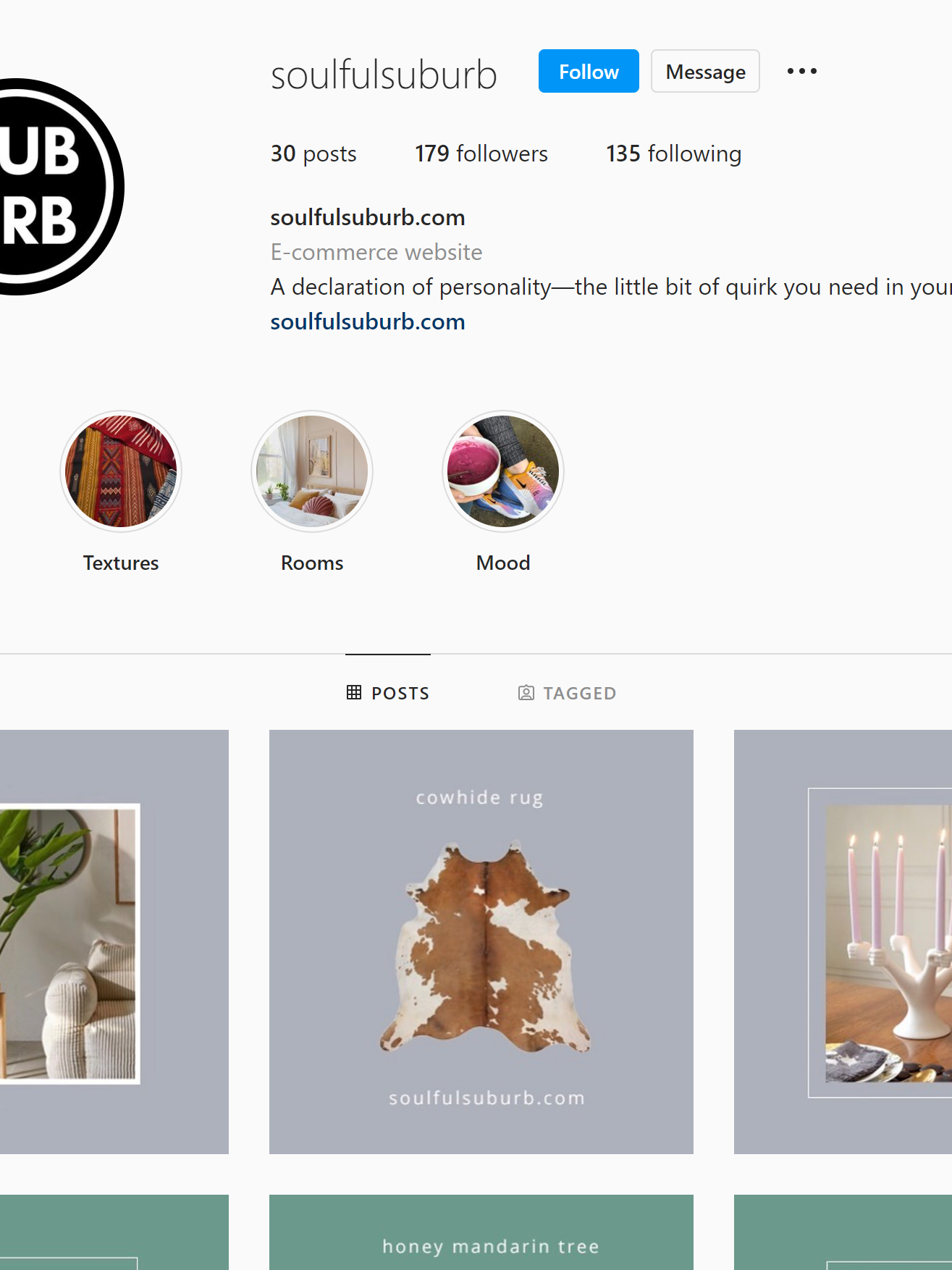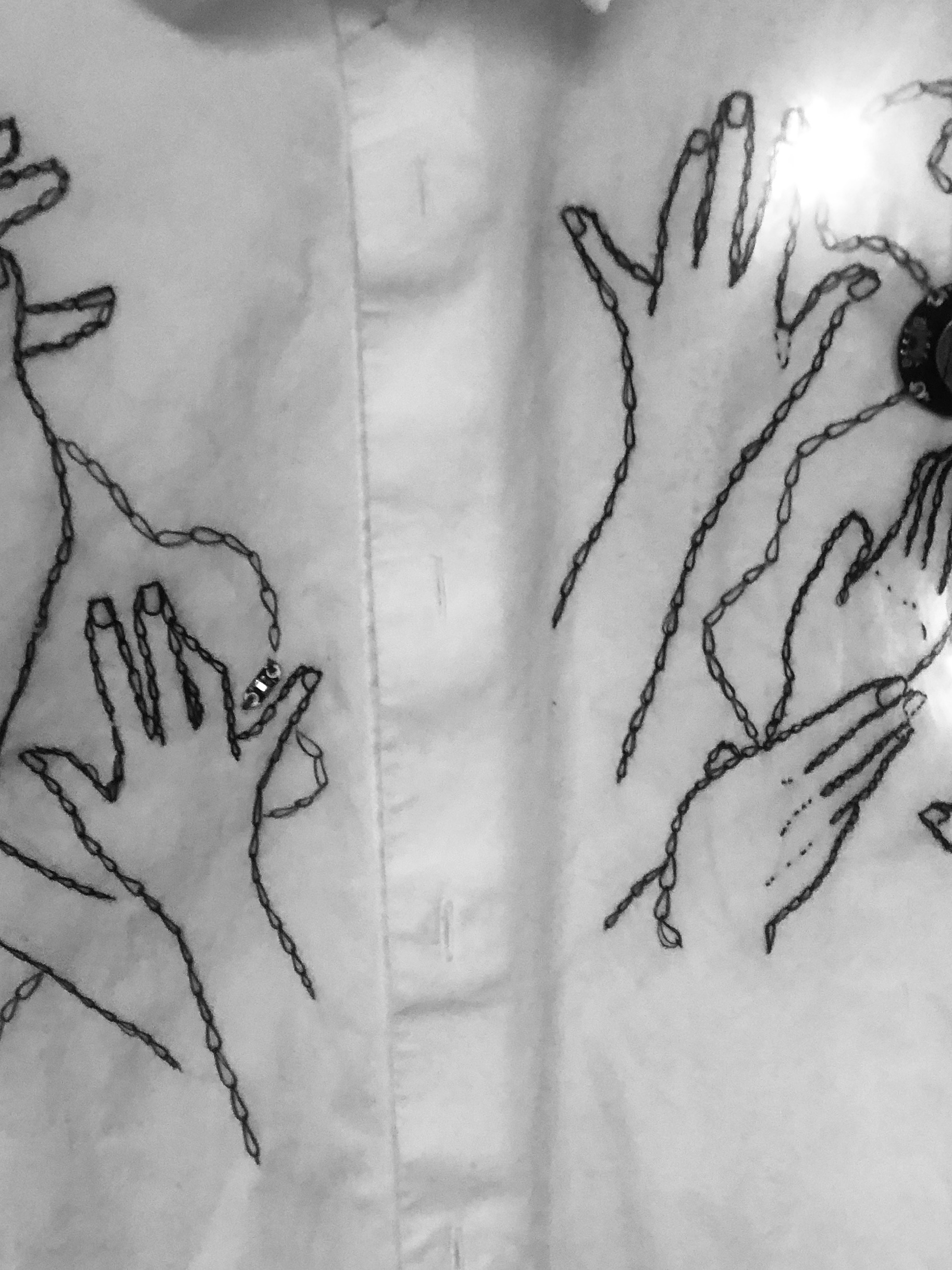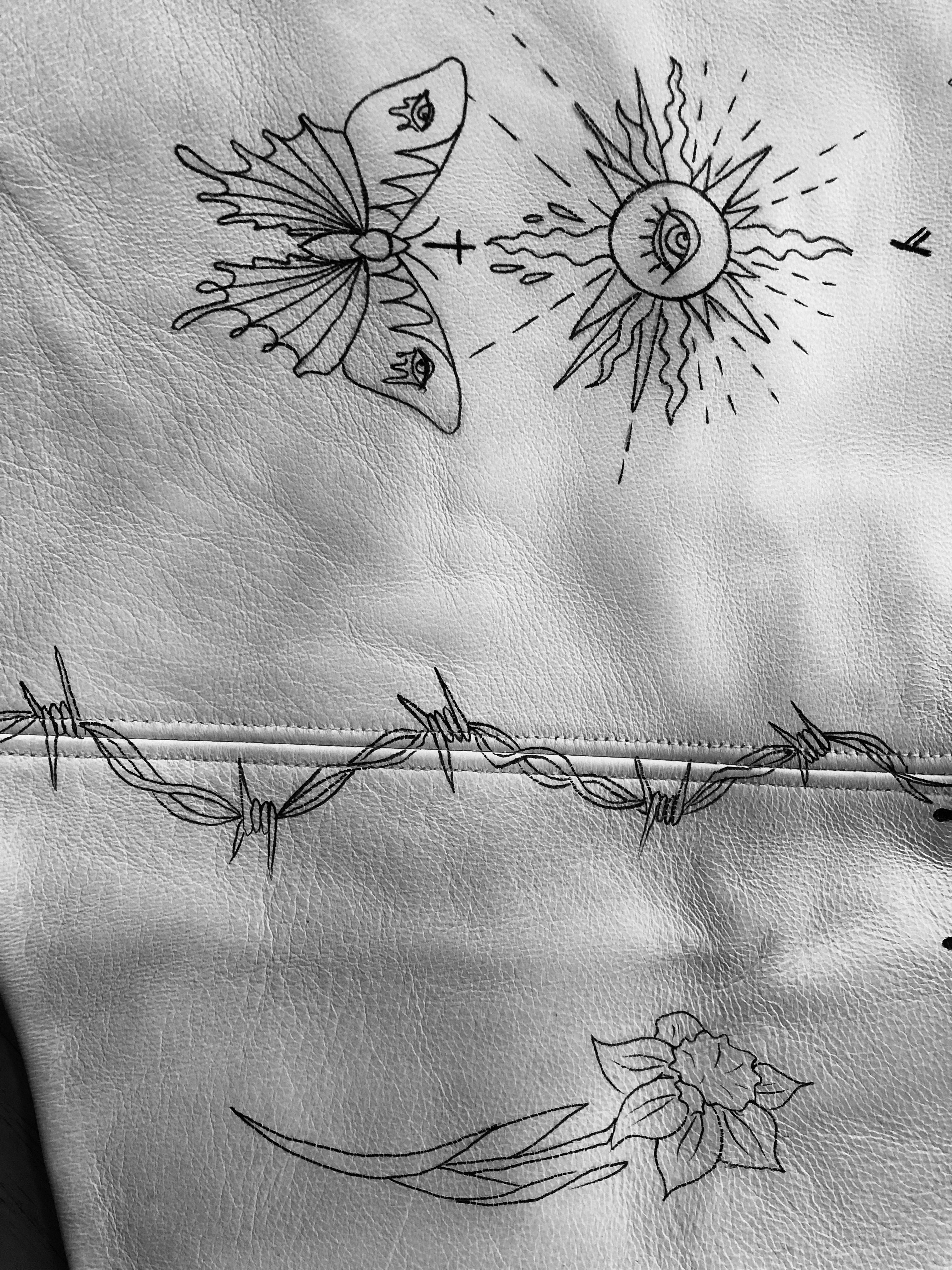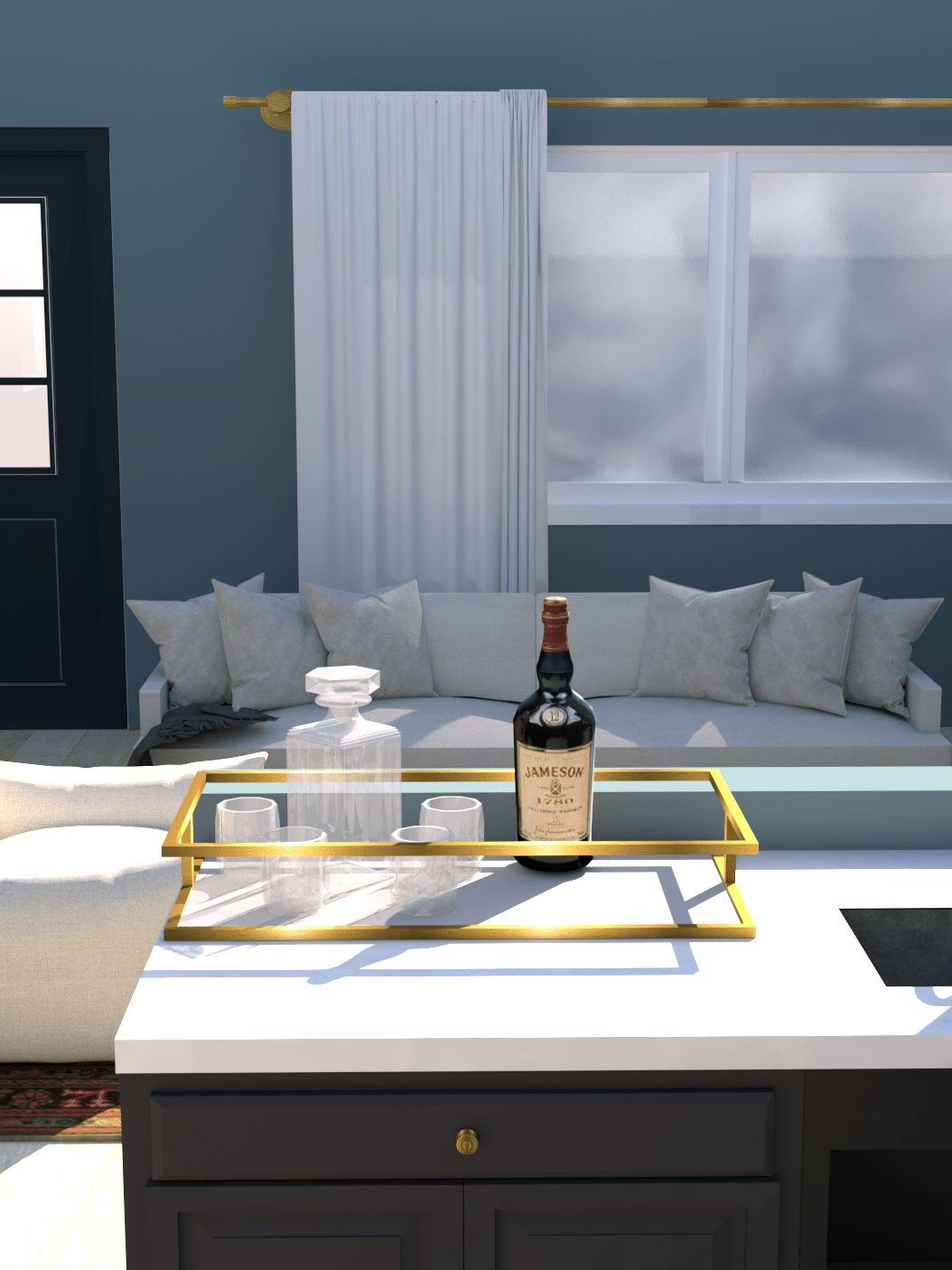We are constantly buying things. I’m in the process of moving right now, and I only realized how much I have when I started paying to ship it. Even my art supplies are holding me back; I like to make use of everything. Every little scrap of paper, fabric, pastel. I constantly have ideas for new projects, so I’ll purchase more supplies and get started, only for my time to be filled up with more pressing matters. Thus, my unfinished project and its supply counterparts are filed into a shelf for when I can pick it up later. When I went to Denver to create with Tweak’d Studios for the week, my goal was to make something beautiful out of nothing. No buying supplies or a complicated plan–just intuition and the resources we had available.
Colorado is arguably one of the most beautiful areas of the world. I’ve been a few times now, and see something radically different each time. I remember the wildflowers having a huge impression on me the first time I went. Scraggly rocks gave way to scrappy fluorescent flowers that seemed to have pushed and grown to defy all odds. I love experimenting with textiles, so I naturally end up dyeing a lot. I usually use carefully weighed and calculated synthetic dye formulas, but I was longing for something more interesting. Denver has a wide spectrum of different natural pigments–you can pick up a rock and turn it into paint within the hour. I’m all about eliminating clothing waste via re-using, so we eventually decided on a plan to create a weaving out of old drapes, made new by dyeing them with Denver’s natural resources. We intended to take trash from the city and reintroduce it as a representation of what makes the area beautiful. We took discarded fabric, wire, and wood, and created a mirror image of the colors in the mountains, eventually returning the weaving to its spot next to the alley where the materials were sourced from. I’m going to show you how to do the same in your city.
We started by drafting up a plan to create a loom. Looms can be incredibly expensive to buy, but they’re really inexpensive to make. We ended up finding 4 pieces of wood to use as a frame. We cut them down to the same length, then screwed them together to create a perfect square.
After we had our frame, we put a dot at every half-inch along the top and bottom pieces of wood. We used a right-angle to make sure each dot on top had a dot counterpart directly below it. After that, we took nails and hammered them in at each mark. Voilà! A loom. We then had to create the warp. Any woven fabric has both a warp and a weft. The warp goes up and down, and the weft goes side to side. The weft is what you will actually weave with, and the warp is sort of your canvas. Typically I would use a light twine that wouldn’t really be visible for the warp, but Emma (Owner of Tweak’d Studios) had the idea to use wire instead, the thought being that the wire would hold its shape, therefore letting us squish the finished weaving into whatever we wanted rather than it just laying flat.
As we were creating the loom, we also took a couple hikes around Denver and Boulder to collect natural materials. We were looking for anything that would create a bright pigment. We picked up numerous flowers, including Western Blue Flax, Dandelions, and Yellow Banner flowers. We were very careful with anything we took, making sure to only take a bit of what was growing in abundance and not trampling on anything on the path to get it. Aside from various weeds, we also took dirt from Red Rocks, iron oxide, and river rocks to get some of the deeper pigments. We also ended up using a bit of food waste rather than composting it.
The process to extract natural dyes is quite simple, albeit time consuming. We carefully sorted all similar colors into different containers, then one by one each color was boiled with a bit of water for an hour and finally transferred to a jar where it sat for 24 hours. While we were waiting for our dyes to be extracted, we went to local thrift stores in search of ratty clothing that was going to be tossed. When you are using natural dyes you need to pair them with 100% natural fibers, like cotton, silk, or linen. We grabbed old cotton drapes and cut them into 1” strips to weave with. To make sure the dye fixes to the fabric you have to prep it by washing and then soaking it in a bit of vinegar.
Once your fabric has soaked and your dyes have sat, its time to combine them. We poured a jar of color into a pot, mixed it with a bit of salt so it evenly disperses the pigment, and then set it to boil once again. The wet strips were then carefully laid in and stirred for 45 minutes. Once the time was up we removed the pot from the heat and added a dye fixative to the original mixture with the strips still in it. You can create your own dye fixative using salt, vinegar, and baking soda. The strips then sat in the mixture for another hour until they were removed and thoroughly hand washed. When washing dye out of fabric, you want to use hot water until the water is running clear, and then switch to cold water to lock the color in.
The strips were untangled and hung to dry in the sun. Then it was time for the fun part: Over the next couple of days, we wove the strips tightly into the wire to create out weaving. Once it was done, we removed the weaving from the loom by clipping the wire and twisting each piece together. Because the weaving was to be mounted in Tweak’d Studios, we had to think of a unique way to hang it. We found a piece of driftwood in the neighborhood and used more recycled fabric to lace them together. The result was a beautiful spectrum of Colorado colors hung delicately from a worn branch. The piece now hangs outside Tweak’d Studios, just feet from where the materials it was made out of used to be discarded. The result was waste blended back into the natural landscape, a mirror for the mountains it sits at the foot of.

